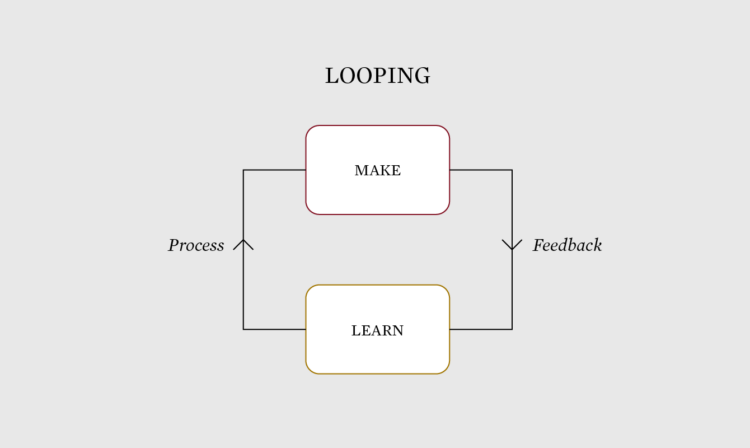Short people are at a higher risk for adverse cardiac events. Tall people are at a higher risk for heart attacks. Short people live longer. Tall people live longer.
Which is it?
A new study came out (in the much revered New England Journal of Medicine) apparently showing that short people are at an increased risk for heart disease.
Is there any weight behind this claim?
An article in the Montreal Gazette blows away the fog on the association between height and health:
“I wish I were taller. Tall people are more likely to get hired, get promoted and are paid better than their shorter counterparts. They can reach things from the top shelf without difficulty, have unobstructed views at theatres, and are consistently rated as more attractive by others. Overall, seems like a sweet deal.
“Then this study comes along in the New England Journal of Medicineshowing that shorter people are at higher risk for heart disease; just to add insult to injury.
“So while I read this study and wistfully wondered what it would be like to be 6 feet tall, I dug back in my archives and pulled out another study from the journal PLOS one that made me fell better.”
You can read the whole thing here.
If the author’s reedy and whiny voice sounds familiar to you, it’s because it’s that of none other than, yes, Dr. Christopher Labos, with whom I do The Body of Evidence podcast.
You may have noticed that I have been mentioning his work quite a bit as of late. A very interesting announcement will be made on this blog in the next two months in that vein (no pun intended, I swear).
In the meantime, do you want to know if being short (or tall) puts you at risk of developing heart disease? And if not, what may? Go read the article now. It’s really short (and humorous).






